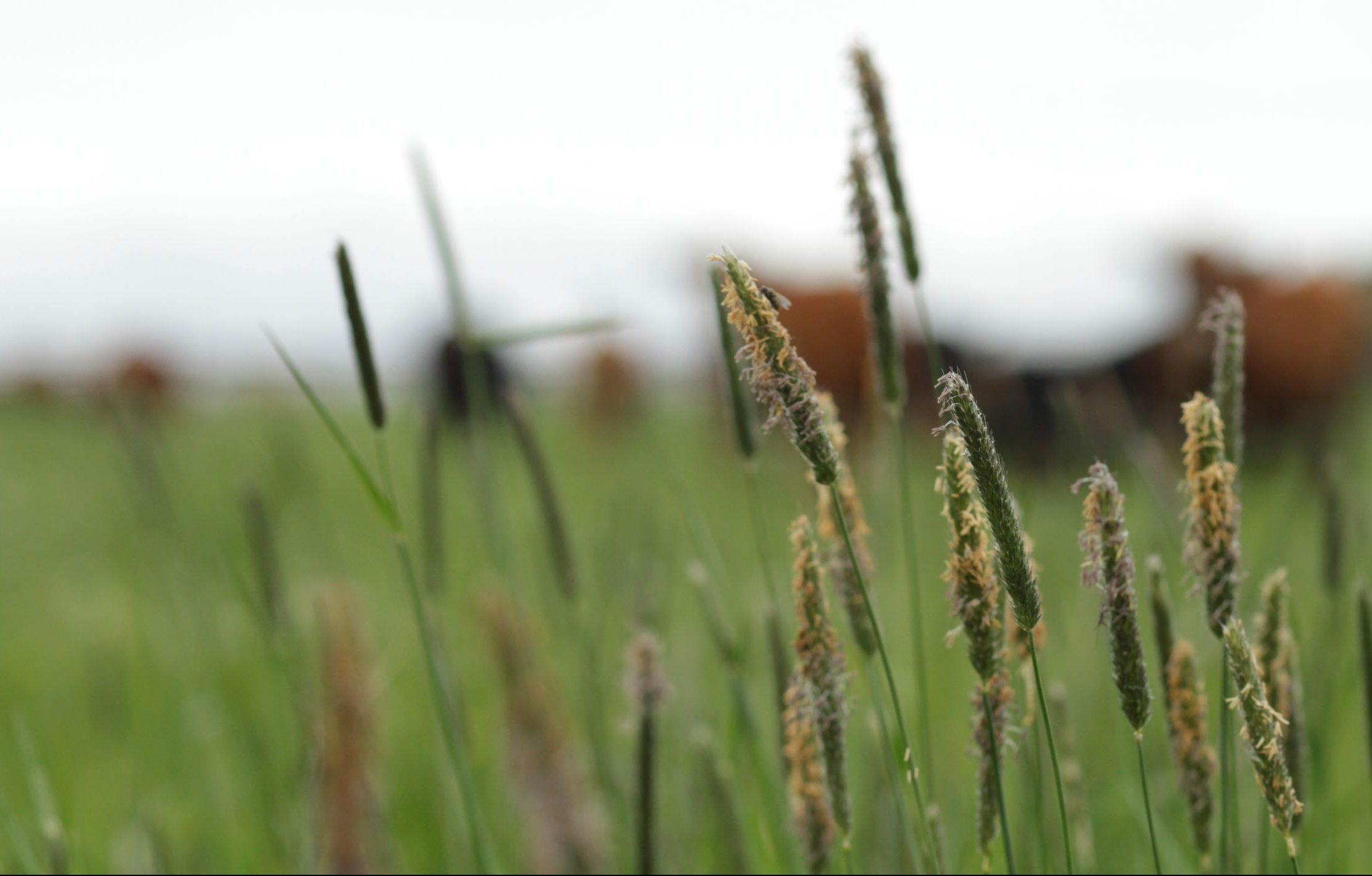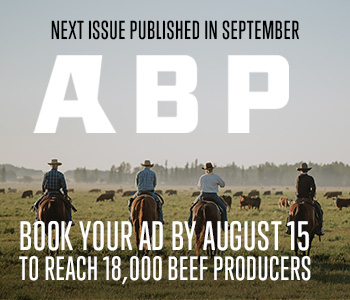AB Direct - Steers
Rail: ---
AB Direct - Heifers
Rail: ---
US Trade- Steers
Rail: ---
US Trade - Heifers
Rail: ---
Canadian Dollar
0.17

Clipping or swathing early maturing pastures
ABP is excited to feature the writings of Barry Yaremcio, ruminant nutritionist and production management consultant. Barry is a trusted voice in cattle nutrition and forage production, operating Yaremcio Ag Consulting Ltd. This article was originally published on his BYOB Blog, which can be found on his website.
Plants are heading out earlier than normal this year. This includes most areas that were dry for several years and continue to be dry. Early heading grasses are also occurring in areas that have received moisture this spring. This is a stress response to previous and current weather conditions.
Plants grow and mature to accomplish one task. To produce a seed crop that is needed to replenish plant populations to keep the stand strong and viable. Grazing cattle on pasture creates stress on plants. The plants must overcome this stress to survive.
When the head emerges from the boot and it is pollinated, seeds are formed. The seeds mature and the lifecycle of that plant is completed for the year. Additional growth is minimal. For grasses, short vegetative tillers develop at the crown which are needed to establish potential for next year’s growth. In years of drought, plants can mature 2 to 4 weeks sooner than normal.
When forage supply exceeds what grazing animals can consume, seed heads emerge, and the plants change from a vegetative stage to a reproductive stage. Quality declines as the plant matures.
Action is needed to prevent the plants from developing seed and going into dormancy.
A short intense grazing (mob grazing) to clip or remove the top of the plants including seed heads is one option. A good rotational grazing plan should keep the plants in a vegetative stage. If growth is too rapid, use a swather, hay bine, or deck mower to remove the seed heads from short plants. In paddocks where plants are taller, consider taking an early cut of hay.
By removing the existing seed heads, the plant is forced to develop new tillers and to develop seed. The new growth is high quality, immature forage, no different than the initial spring growth. This increases the total amount of forage available to graze over the summer.

